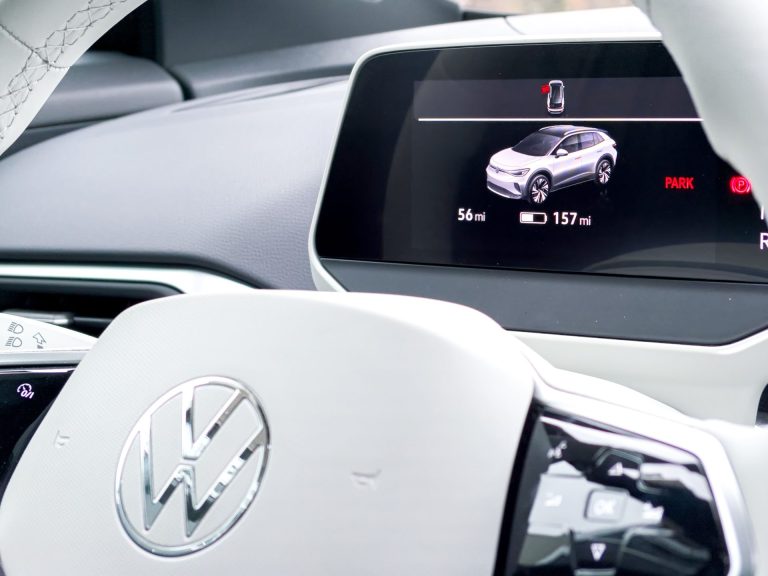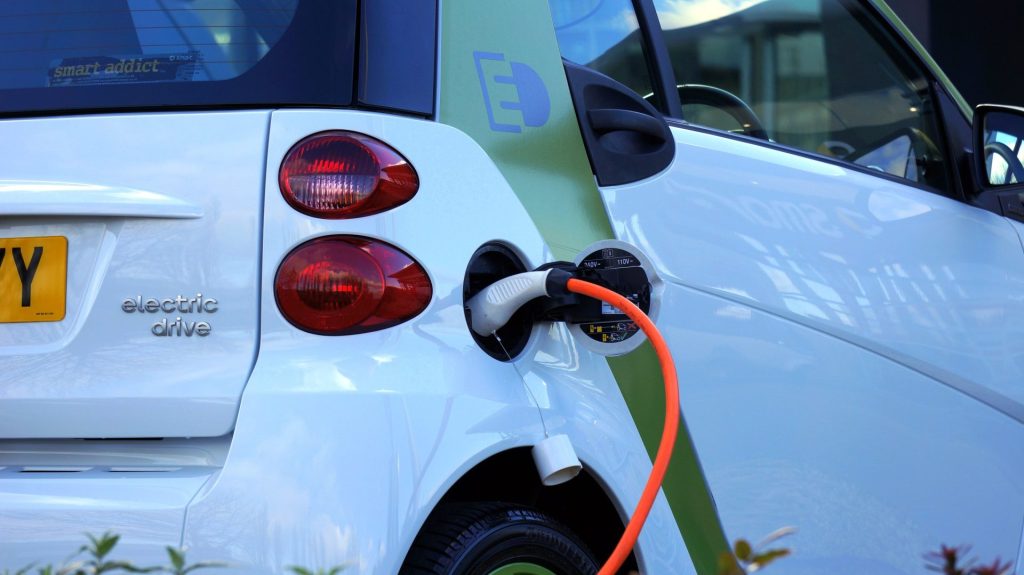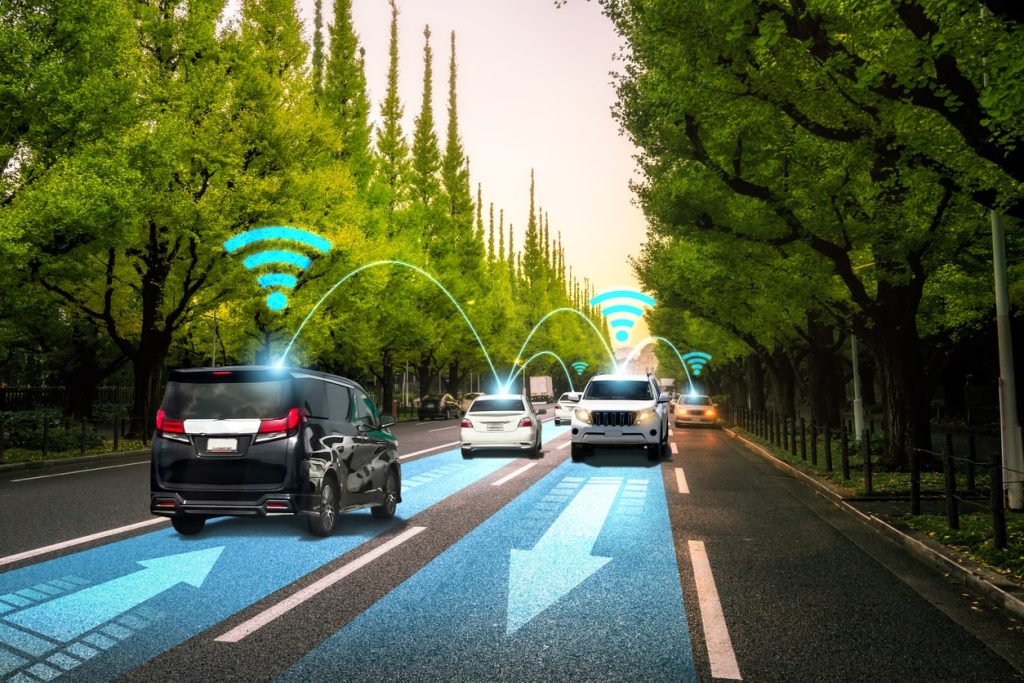For 39 days last fall, a pair of autonomous shuttle buses, known as Olli, travelled along a six-kilometre route in Whitby, Ontario.
The cube-shaped eight-passenger buses were part of the first public transit trial of its kind in Canada. Travelling up to 20 km/h, Olli had trouble approaching curbs and occasionally mistook recycling bins for people. But each day, it ferried around half a dozen people.
Until the afternoon of December 16, 2021. That’s when one of the shuttles—with only its human attendant on-board—collided with a tree. After investigating the incident, Durham Regional Police Services eventually determined the shuttle was in manual mode at the time, with its autonomous capabilities disabled.
Shortly afterwards, Local Motors, the start-up behind Olli, closed its doors. In turn, the originally scheduled six-to-12-month program was abruptly cancelled, which showed both the promise and pitfalls of driverless technology.
Hurdles to overcome
Some carmakers and tech companies claim these new advancements are the future of the automotive industry, but independent experts are much more measured in their optimism. They warn that many legal and technological issues will need to be addressed before people will feel safe and comfortable in completely autonomous vehicles.
“We have been making incredible progress, but one should ignore a lot of the hype around this,” says Krzysztof Czarnecki, an autonomous vehicle expert at the University of Waterloo in Waterloo, Ont. “It’s not going to happen very quickly. Eventually, and I’m talking decades, we might see more and more traffic being autonomous.”
Since Karl Benz unveiled what is often credited as the world’s first automobile in 1886, cars have largely been powered by gas, driven by humans and unbound by their surroundings. But rapid advances in technology could change this dated pattern.
Though we have a long way to go, experts believe vehicles will eventually drive themselves, run solely on electricity and be able to communicate with one another. Supporters say autonomous vehicles have the potential to reduce collisions, improve travel times and cut greenhouse gas emissions.
They can also support the independent lifestyles of seniors and people with disabilities, allowing them to easily get around, even if they’re not able to drive. For commuters, it may result in greater productivity, too, as passengers are able to work and complete other tasks while stuck in traffic.
Technological roadblocks

One of the biggest barriers to that future remains technological. The artificial intelligence that powers self-driving cars is remarkably advanced, but it can still be thrown off by simple, everyday occurrences, like cyclists and snow. Last year, an autonomous taxi in Phoenix, Arizona, reportedly stopped in the middle of the road for 14 minutes when it encountered a row of traffic cones.
Those limitations mean that for now, most autonomous vehicles in Canada are deployed as part of research projects, like the University of Waterloo’s cheekily named Autonomoose program. Or as temporary public transit experiments, like the electric self-driving shuttle bus service offered in the Plaza St-Hubert area of Montreal. A follow-up to a 2019 initiative, this multi-phase project first ran from October to December 2021, with a second trial running from May to July this year.
In the near future, self-driving cars will likely be restricted to controlled locations, like airports, hospital complexes and school campuses, says the Council of Canadian Academies, an organization of experts that discuss matters of public interest. Consulting firm Deloitte estimates that fully self-driving passenger cars might not appear on Canadian roads until 2030 or 2040
Laying the groundwork
Before driverless electric cars can go mainstream, industry players say Canada will need to invest in infrastructure upgrades. These range from standard projects, like building dedicated pickup zones for self-driving taxis, to more cutting-edge initiatives, like installing traffic lights that can “talk” to cars and automatically adjust their timing to determine driving efficiency.
The nationwide rollout of high-speed 5G technology will also be key, Czarnecki says. It’s currently the leading system that would allow cars to communicate with one another. Smart roadside improvements like sensors and radar-reflective markings will also need to be built.
“When you think about full autonomy, it’s about an entire system, not just a vehicle,” says Raed Kadri, the head of the Ontario Vehicle Innovation Network, which supports the development of innovative automotive technology.
Electric vehicles (EVs) will dominate roads

Along with being autonomous, the vehicles of tomorrow will be electric. The federal government says that by 2035, all new cars and light-duty trucks sold in this country must produce zero emissions. (Today, those vehicles make up only five percent of new car sales.)
To prepare for that, Canada will need to strengthen its network of 6,500-plus public charging stations, says Stephen Bieda, a board member for the advocacy group Electric Vehicle Society. While the network of chargers is growing quickly, coverage still remains spotty in rural areas. And many stations have only a handful of plugs with slow charging speeds, he says.
Advocates are also pushing for federal and provincial officials to make it easier for apartment-dwellers to have greater access to EV chargers. Some have called on governments to help fund retrofitting older buildings, which can be a costly upgrade. Governments should also compel developers to include at least rough-ins for electric chargers in new properties so that the infrastructure is available and can be built at a later time, says Cara Clairman, the president of Plug’n Drive, a Toronto-based non-profit.
“Right now, you could still build a condo with nothing, and that’s wrong,” Clairman says of Ontario’s current building code. “We can’t lose more buildings to this.”
Privacy concerns
As officials grapple with infrastructure upgrades, experts say they’ll also need to keep a close eye on the cybersecurity threats that could come with Internet-connected vehicles. Czarnecki says there’s a very real possibility that hackers could take over someone’s car or cause havoc by turning every light in a city red, for example.
But perhaps an even more widespread concern is the potential misuse of personal information. According to a report from tech giant Cisco, connected cars could generate five times the personal data of your smartphone. This means vehicles can track not only where you go, but how fast you get there and who you’re travelling with. That data could be fed back to car makers, insurance companies or unspecified third parties who could use it to “profile, predict, and manipulate the behaviour” of drivers, says the Council of Canadian Academies.
“As these technologies come online, the purpose is to increase safety,” Kadri says. “But we need to make sure that as we’re doing that, we’re protecting privacy.”
Cautiously optimistic

While the challenges of an electric and autonomous future are vast, many in the industry say they can be overcome.
It’s a cautious optimism shared by Jamie Austin, the deputy general manager, business services of Durham Region Transit, which ran the Whitby shuttle program. Though the program came to an abrupt end, the Olli buses ran for 300 hours, carried 250 passengers and covered 1,600 kilometres during their run.
“We would say it was a success,” Austin says. “We have a better understanding of where the technology is today and where the opportunities are. This is an important starting point, but it’s just the start.”
Hit the road
CAA has all the driving tips you need – like that CAA Members save 3¢/L on fuel and more at Shell. Just swipe your CAA Membership card at the pump or in-store. You can also pay from your phone by using Shell EasyPay™ in the Shell app.


